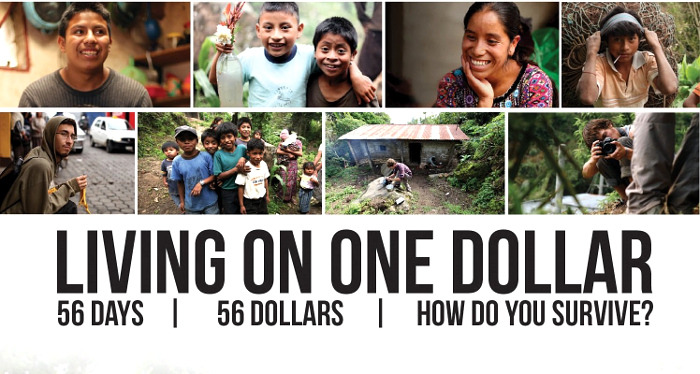What is an infographic?
An infographic is information delivered through graphics, rather than in a written report. We choose to assign infographics to support the development of 21st century skills by aligning informative writing ability with visual literacy. Creating an infographic deepens critical thinking skills and encourages students to make connections and create structures that may not manifest in a written report.
Project Dates: Thursday, October 20 through Thursday, October 27
Final infographic due: Thursday, October 27
Standards being assessed through this project:
CCSS.ELA-LITERACY.W.6.7
Conduct short research projects to answer a question, drawing on several sources and refocusing the inquiry where appropriate.
CCSS.ELA-LITERACY.W.6.8
Gather relevant information from multiple print and digital sources; assess the credibility of each source; and quote or paraphrase the data and conclusions of others while avoiding plagiarism and providing basic bibliographic information for sources.
CCSS.ELA-LITERACY.W.6.9
Draw evidence from literary or informational texts to support analysis, reflection, and research.
Example student-created infographics:



